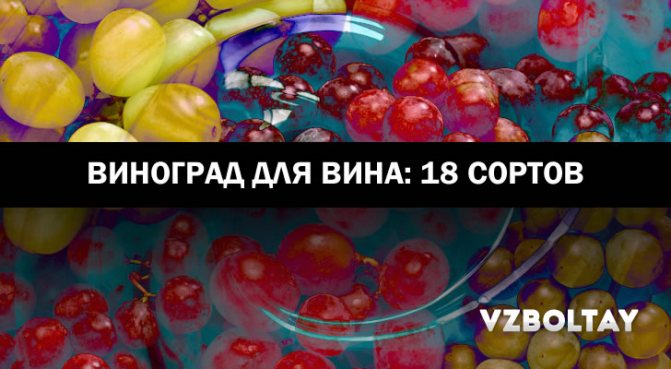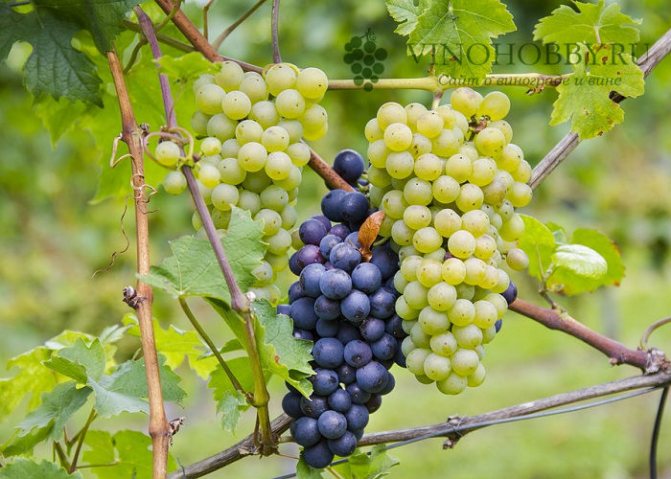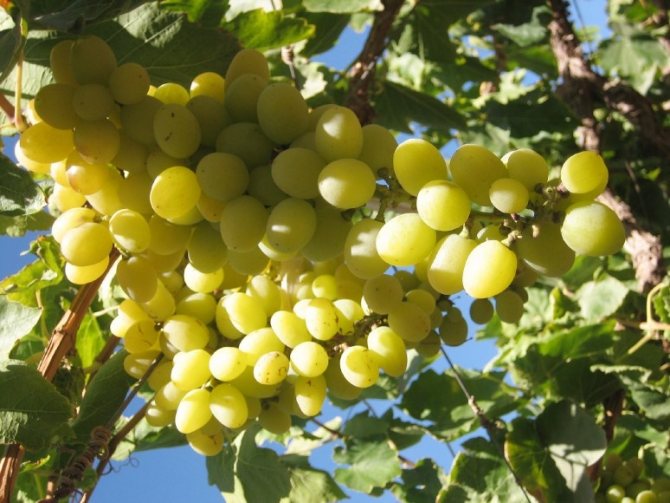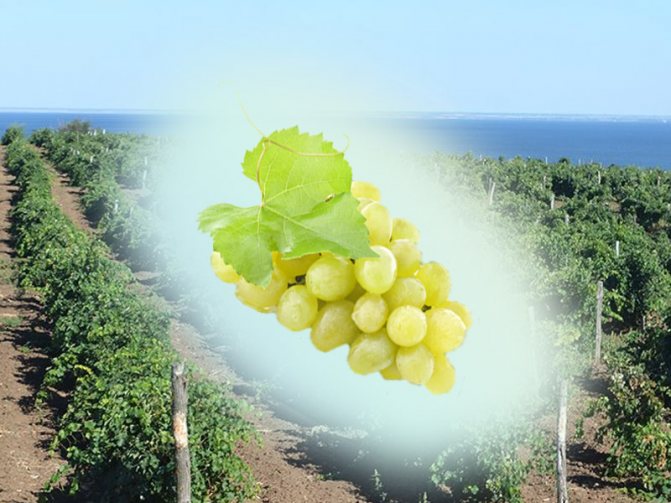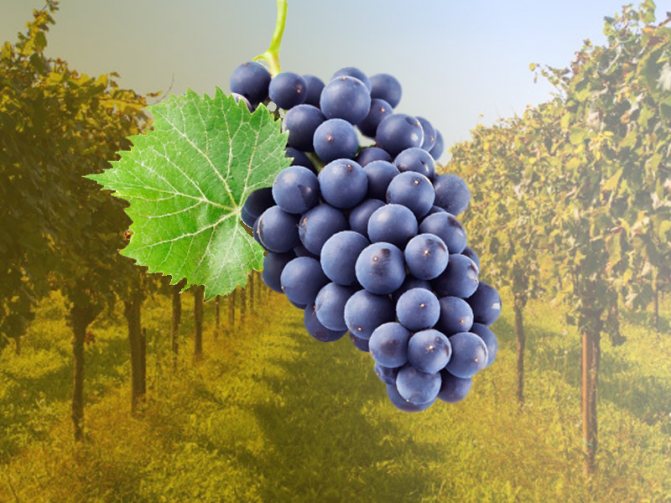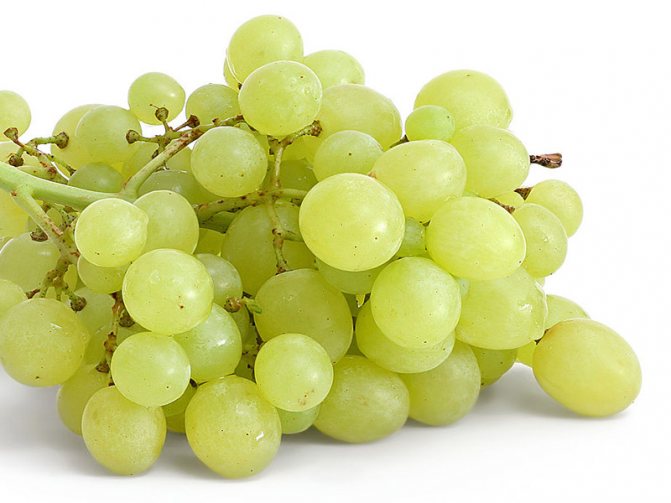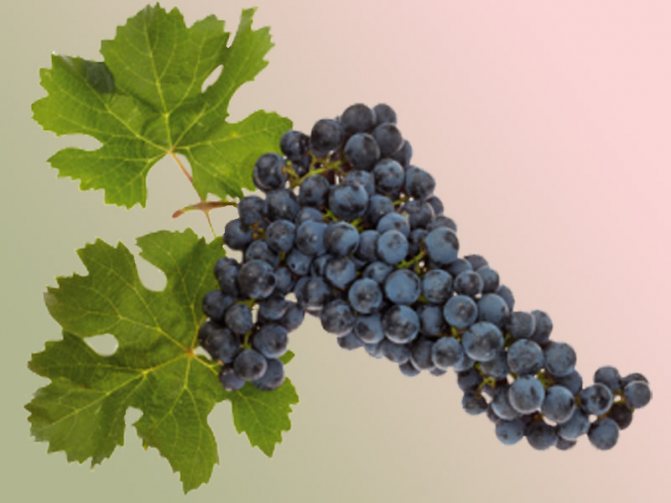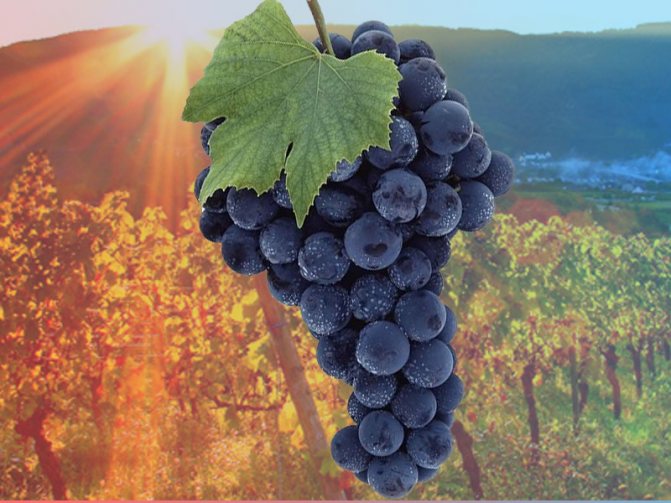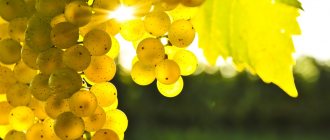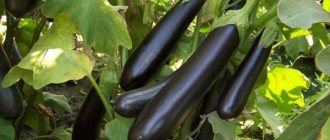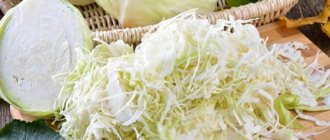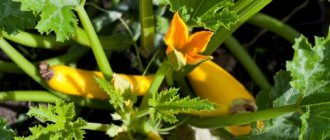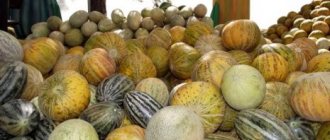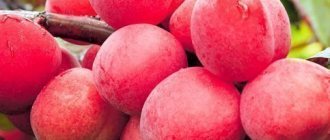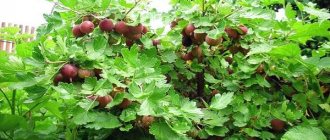grape varieties in France:
- red
- white
There are several thousand varieties of vines, or seedlings, belonging to the European species. Vitis vinifera.
However, there are only a limited number of bushes that serve as material for the production of high-quality French brands (there are 136 varieties).
Each variety has its own properties that affect its adaptation to local conditions (climate, soil). Its technological features, such as the color of the berries, the quality of the must, are of paramount importance in the science of winemaking. They differ depending on the climate of the year, the nature of the soil, its agronomic content and the behavior of the vine. The same bush grown in different soils will yield different wines. In addition, each variety gives the wine only its characteristic aroma and taste.
Prosecco Sale
20% discount on a set of 5 Italian sparkling wines. The best offer for a hot summer.
View set
The combination of vine and soil determines the quality and characteristics of the product. Careful and consistent observation of winegrowers over the centuries has made it possible to select the varieties best suited to each region.
All French varieties used are listed and classified as either “recommended” or “permitted” for each department. Each variety of wine in the Genuine Appellation category is developed on the basis of a specific list of grape varieties. The grape varieties intended for wine production are called "wine varieties".
How technical grapes differ from the rest
- Wine varieties are more unpretentious in cultivation. Less demanding on soil and climate than table species. Among the technical varieties, they are more resistant to frost.
- Technical grapes are less susceptible to various diseases and pests. This means that he needs less treatment with chemicals.
- There is much more juice in berries for wine purposes (80 - 85 percent) than in fruits of table species.
- Technical berries are not as sweet as table grapes.
- Bunches of technical grapes are smaller than bunches for table use.
- The grapes themselves are smaller than table grapes.
Requirements for grape varieties for wine production
- For normal wort fermentation, it is necessary that the sweetness in the juice is more than acid. If the raw materials are too acidic, you will have to add water. This degrades the quality of the wine.
Interesting! Many winemakers in the south of Russia and the republics of the Caucasus consider this wine to be defective.
- For the wine to have a beautiful color, there must be enough coloring matter in the berries.
- Fruits for technical purposes should have a pleasant aroma and taste. It also affects the quality of the wine.
- Grape juice for winemaking must have a suitable chemical composition. This is influenced by the amount of heat from the sun during the ripening of the crop. The soil must also be suitable for growing grapes.
It is not for nothing that professional winemakers use raw materials that are grown in a certain area.
Landing features
How the vine grows, and what kind of harvest you will receive in the future, largely depends on how the bush was planted. Consider the main issues related to planting grape seedlings in the Moscow region.
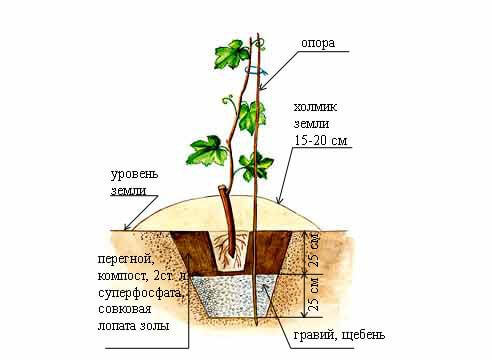
What time to plant?
The most suitable time for planting grape shoots in the Moscow region is spring. The first autumn frosts here can come unexpectedly, and the seedlings simply do not have time to take root and freeze. Usually disembarkation takes place in the second half of April. If it is impossible to preserve the shoots until spring, it is worth stopping in October - the weather is still quite warm, and the bush will have time to root until severe frosts.
Selecting a seedling and processing it: preparing seedlings for planting
It is recommended to buy grape seedlings just before planting, from the end of March to the end of April. The quality of the planting material is determined by the root system, which should be branched, not have any damage and be light in color. Before planting, the roots are soaked in water, and then sprayed with phylloxera remedies.
Choosing a place: where to plant
Chernozem soil is preferred for grapes. The lands near Moscow are not rich in such soil, therefore, even before planting a seedling, the beds need to be prepared, fertilized and made more fertile.
Looseness and lightness of the soil are equally important. To achieve this, you need to add a lot of sand to the ground. It is not recommended to grow vines in lowland and wetlands - a waste of time. A constant struggle with characteristic diseases will begin, and the harvest may not wait at all.
Another important nuance is protection from northern winds. To protect the culture from drafts, it is recommended to land on the leeward sides of buildings (structures) or a fence.
What kind of soil is right
For the successful cultivation of grapes in the Moscow region, you need to pay special attention to the soil. The most ideal choice would be black earth or sandy soil. Distinctive features of sand are a high rate of freezing and heating, the impossibility of retaining moisture and minerals. The advantage of black soil is less demanding fertilization, as well as the possibility of reducing the depth of the planting pit - 80 * 80 * 80 cm.In sandy soil, with the same length and width, the depth is needed 1 m.
How to plant?
Pits
This is the most popular amateur way. The bulk of the seedlings requires standard pit sizes: length - 80 cm, width - 80 cm, depth - 100 cm.
Trenches
The trenching method is mainly used by the owners of industrial vineyards. This option makes it easier to plant a large number of bushes at the same time. Place the trenches parallel to each other, from south to west. Trench parameters: 100 cm - width, 80 cm - depth. The trench method is possible only on sandy and loose soils.
High ridges
This is the most suitable option for dense, clayey and poorly permeable soils. The owners of such lands construct meter-long embankments on which grapes are planted.
Care
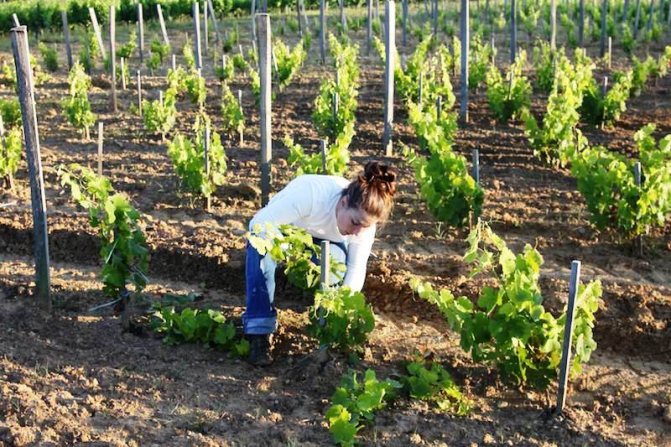

All cultivated plants, from which you want to get decent harvests, require care. Some more, some less, but all grape varieties need feeding, loosening and watering.
Lighting
Successful fruiting and ripening in a changeable climate largely depends on the planting site, which must have long and abundant lighting. In shady areas, the fruits will not have time to ripen. The optimal planting place for grapes is the southern and south-western side of the buildings.
Top dressing
The vineyard needs periodic feeding. Complementary food should be both organic and mineral.
Loosening
Over time, the earth is nailed down by rain and irrigation, and becomes dense. With such a soil, the grapes will not be able to develop and bear fruit normally. The land must be loosened and free from weeds.
Watering
Grapes need ample moisture, especially during ripening periods.Berries will not be able to gain the proper juiciness and appropriate size without watering. One bush requires at least 6 buckets of water per month. The entire volume is divided into 2 procedures.
The weather situation is also taken into account. In cool and rainy summers, watering frequency and water volume should be reduced.
Pruning
Pruning a bush is a necessary procedure to increase fertility and make it more compact. The most common method of culture formation is fan-shaped, with which you can increase the ripening of more grape clusters.
Important! Technical grape varieties require cutting without fail, due to the thickening of the bushes with numerous shoots. Ignoring pruning leads to a decrease in the ripening of bunches and a decrease in frost resistance.
Wintering
Saplings of absolutely all varieties require winter shelter in the first year after planting. In the future, it is necessary to cover only those plants that do not genetically have resistance to severe frosts. Most often, these are varieties with a very early ripening period.
First of all, it is necessary to insulate the root circle: mulch with 5-8 cm sawdust, cover with any covering material. Then you need to lay the whips on the ground, and on top of them lay a layer of leaves, branches, or cover with boxes. At the end of winter, after the snow melts and the sun begins to warm up, the covering materials must be removed. This is necessary to prevent rotting of the bush.
Popular grape varieties for making white wine
To obtain white wine, the juice of white technical grape varieties is used. The shade of the fruits of these plants is from golden yellow to greenish. Therefore, they are called white conditionally.
Riesling
One of the oldest white grapes. Was bred in Germany. High quality wines are obtained from the juice of its berries. Riesling is a worthy competitor to the famous French white counterpart - Chardonnay.
- Riesling ripens in the middle of autumn. It takes about 4.5 months to fully ripen;
- berries are green - yellow, round, not large. The bunch weighs up to 100 grams;
- juice contains about 18% sugar;
- the plant can withstand up to - 20 ° С.
Attention! Riesling produces good yields on any soil. But the best results are obtained on calcareous soil.
The disadvantage of this variety is disease resistance.
Chardonnay
This technical grade was developed in France. Chardonnay, the main variety for the production of sparkling wines.
Many experienced winemakers say that Chardonnay doesn't make bad wine.
- The crop ripens in 4.5 months;
- the bunches are not dense, the weight reaches 1 kilogram;
- berries are greenish - white with a golden hue, oval in shape;
- fruits contain about 18% sugar;
- plant resistance to freezing up to - 20 ° С.
You need to consider! Chardonnay tolerates a lack of water well. But excessive moisture leads to berry rotting.
This grape is not very resistant to fungal diseases.
Bianca
The Hungarian variety Bianca is a cross between Chasselas Bouvier and Villars Blanc. Bianchi's juice is very sweet. Therefore, it is often mixed with the juices of more acidic grapes. So that the wine does not turn out sugary.
- Bianchi's harvest ripens in 4 months;
- the fruits are slightly oval, yellow-green;
- berries accumulate up to 28% sugar;
- a bunch in the shape of a cylinder, weighing about 100 grams;
- the vine does not freeze up to - 27 degrees;
- the bush perfectly resists Mildew, Oidium, Gray rot.
Attention! Even fully ripe Bianchi berries, remaining on the vine, do not fade for a long time.
Uncomplicated agricultural technology
Despite the fact that grapes are traditionally a southern culture, they, like a plant, are not very whimsical. The wild forms of this shrubby perennial liana can withstand severe frosts and short droughts. Grows on limestone and rocky soils.Thanks to this, grapes are one of the first plants that prehistoric people began to cultivate.
Where is better to plant
Thanks to modern breeding methods, numerous frost-resistant varieties have been developed that can be grown without a covering method. But for the northern regions, it is recommended to cover the vine in the traditional way: with board shields, cut grass or covering material. The type of shelter is not important, the main thing is that it must breathe so that the plant does not rot during thaws.
When choosing a soil for planting, the gardener's capabilities are limited by what is on the site. The list of soil requirements is not varied. Most species bear fruit well not only on organic-rich soils, but also on poor clay and loamy soils. In most cases, wetlands and high groundwater should be avoided.
The main thing is to protect the plants from drafts. In open, heavily blown areas, the brushes become smaller and the yield is sharply reduced.
How to care for a vine
Grapes, like any cultivated plant, respond well to regular care. First of all, this is spring pruning after removing the shelter. Mold is often present on the vine. There is no need to rush to fight it with chemicals. Wait until it dries up and disappears by itself.
Most modern species are resistant to fungal diseases. But the main thing is to carry out preventive spraying of the bushes and the ground under them with a 3% solution of copper sulfate before bud break. As a rule, this is enough to protect plants from pests.
The list of diseases to which grapes are exposed must be supplemented by attacks on sweet berries by hordes of wasps. After visiting them, only scallops may remain from the brushes. Special traps can help in this case, but will require periodic recharging. To combat wasps, there is an Italian folk remedy: you need to stick a sprig of basil into each bunch. Whether this always copes with the function of a wasp guard is unknown, but in some cases it helps.
The next step is to tie the vine. We will not consider the popularity of trellis models for tying vines, as they are used for large-scale plantings. At a summer cottage, it is enough to use a fence or a simple structure of pipes and wire for these purposes.
Usually daughter, from last year, the branches of the vine are strengthened in an inclined position, and fruit arrows in a horizontal position. When the brushes ripen, it is periodically necessary to remove the leaves that block the sunlight.
When tying vines, you can use popular models of power tools.
Regular weeding and watering rounds off the maintenance list, and is usually enough to get a good harvest of delicious berries.
The most common grape varieties for red wine
Red wine is made from black and red technical grapes.
Saperavi
Quite an unpretentious variety. His homeland is Georgia. But Saperavi is widespread on the entire Black Sea coast. This berry is loved not only as a raw material for good wine. It is delicious and fresh.
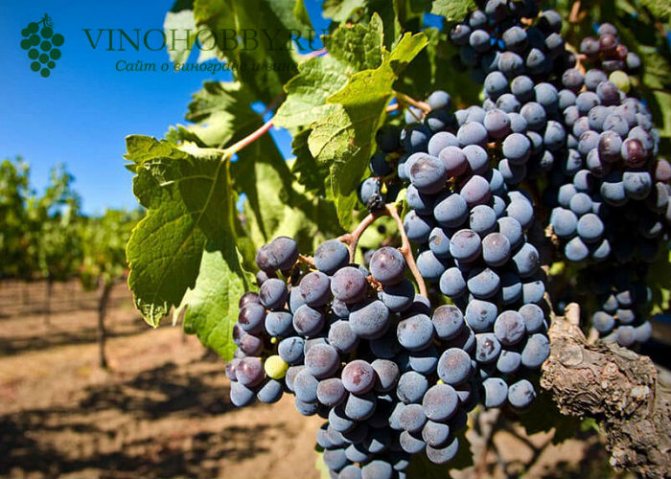

- The crop ripens in 5 months;
- the bunch weighs about 100 grams;
- fruits are small, dark blue, sweet, juicy;
- Saperavi bush is able to withstand frost up to - 20 degrees;
- this variety is strongly affected by Mildew. With excessive soil moisture, it suffers from Gray Rot;
- the bush bears fruit up to 25 years.
Important! Saperavi does not like lime and salty soils. When planting this variety, it must be borne in mind that the bush grows strongly.
This variety has a variety, Saperavi northern. This species was created for growing in areas with colder climates. Without shelter, he is able to withstand up to -30 degrees.
Pinot Noir
Pinot Noir is one of the oldest French varieties for technical use. Comes from the Pinot Meunier and Traminer varieties. Pinot Noir is popular throughout Europe, South America, Japan, Russia.
The flavor of this berry is highly dependent on the climate in which it is grown. The best quality is Pinot Noir, which grew up in Burgundy (France). Similar in quality, this grape is obtained in the states of Oregon and California (USA) and in New Zealand.
- The technical ripeness of Pinot Noir berries occurs in 4.5 months;
- colorless berry juice, its amount in fruits is not less than 75%;
- a bunch weighing up to 120 grams, dense;
- fruits are slightly oval, dark blue, weighing about 1.5 grams;
- frost resistance is good, up to - 30 degrees;
- resists gray mold well. Resistance to Oidium (powdery mildew) and Mildew (downy mildew) is average. The most dangerous for this plant is Phyloxera.
Important! Pinot Noir develops best on hillsides and uplands. It grows poorly on the plains.
Regent
Wine variety obtained in Germany in 1967. For its unpretentiousness, good yields and taste, it has gained worldwide popularity. Regent is the best variety for making vintage wines.
- Berries ripen in 4 - 4.5 months (end of September), have a pleasant taste;
- grapes weighing up to one and a half grams, round, black and blue;
- the bunch is loose, weighing up to 170 grams;
- the bush survives at temperatures up to - 28 degrees;
- Regent resists well the main diseases of grapes (Oidium, Mildew, Phylloxera);
- the amount of sugar in berries is up to 22%
It is important to consider! If ripe bunches are left on the Regent's bush, then the berries will gain more sweetness. This is bad for raw wine, but good for eating fresh grapes.
The opinion of professionals
Professional winegrowers near Moscow have a different list of the best varieties. Low temperature resistance was taken as the main characteristic.
Top 7:
- Juodupe. Very early ripening. The crop can be harvested after 95 days, that is, at the end of July. Round large dark purple fruits are tightly collected on a small cone-shaped brush (weighing no more than 140 grams).
- Buffalo. Its advantages are high yield and excellent taste. It is also appreciated for its attractive appearance, with beautiful large brushes.
- Early pineapple. It belongs to the early maturing varieties, the harvest is tried already at the end of August. Large berries, weighing an average of 5 grams, form clusters of medium friability (up to 250 grams) .Differs in pleasant taste with hints of pineapple.
- Rogachevsky. It belongs to the universal early maturing varieties (110-115 days). Differs in an attractive appearance of beautiful medium-sized cylindrical clusters (up to 250-300 gr.). The berries are large enough (5 grams), dark blue in color, with the sweetness and mixed taste of black currant, pineapple and strawberry.
- Kievsky Gentle (or K-878). Very early table grapes of average yield. With large beautiful brushes, average weight 400-450g. Muscat fruits in pink-purple color. High resistance to both frost and various diseases.
- Lucille. A universal medium-yielding crop. Early ripening. The brushes are medium, conical and quite dense, weighing up to 200 g. Medium-sized sweet berries with pink skin.
- Ontario. Self-pollinated variety. The bunches are cylindrical with large fruits. The color of the berries is white-green, acquiring golden color during the ripening process.
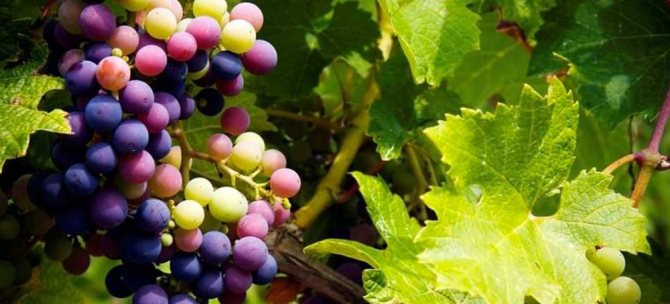

Technical grape varieties for the Moscow region
Isabel
Was bred in America. But it is popular in Europe and most of Russia. A very unpretentious plant. When grown, it does not cause much trouble.
- Ripens by mid-autumn;
- the bunch is dense, small;
- fruits weighing up to 3 grams, dark blue, or purple;
- Isabella bush can withstand up to 28 degrees of frost;
- this variety has good disease resistance.
Attention! The production of wine from Isabella juice is prohibited in Europe and America. A large amount of methanol, aka formic acid, was found in the drink.Later this information was denied, but the ban was not lifted.
This variety remains popular with Russian lovers of home winemaking.
Lydia
This American variety is also called pink Isabella. Lydia is used not only for wine or dining purposes. It is often planted to decorate gazebos, create shady areas in parks.
- The harvest will ripen for about 5 months;
- the bunch weighs about 100 grams;
- berries are pink, with a purple tint, round, weighing up to 4 grams;
- fruits accumulate up to 19% sugar;
- frost resistance of the bush up to - 26 ° С;
- the variety is resistant to Oidium, Phyloxera, Mildew, but defenseless against grape aphids.
By the way! Oidium and Mildew came to Europe from America along with Lydia's seedlings.
Amursky
Very unpretentious. But in order for the berries to gain the desired sweetness, these grapes must be planted in an open, sunny place.
- Amur berries are small, dark blue, sweet with sourness;
- the bunch is loose, weighing up to 60 grams;
- the bush can withstand up to 43 degrees of frost;
- good disease resistance.
There is a silver lining
Climate warming has become a serious problem for mankind, only amateur gardeners in our country are happy about it. Over the past thirty years, winters in the middle zone have become so warm that the climatic boundary of growing crops that are not traditional for our conditions has almost approached the Arctic Circle.
First of all, this applies to grapes. Growing it for self-production of wine has become very popular. But warming is not the only reason for this. The average price of wine products is constantly growing, while budget wines leave much to be desired in terms of quality. This forces many to resort to homemade production of low-alcohol products.
Which grapes are suitable for growing in Siberia
The same Amursky, or Isabella, took root well in the Siberian latitudes. But there are other varieties that are doing well in this region. Nuances of care and planting of grapes in Siberia.
Early purple
Its juice produces dessert wines with a nutmeg aroma.
- The crop ripens in 4 months;
- fruits are purple with nutmeg aroma, weighing up to 3 grams;
- the amount of sugar in berries is up to 20%
- the bush is resistant to freezing up to - 30 degrees;
- the plant is rarely susceptible to disease;
Alpha
Outwardly resembles Isabella. The yield is about 2 kilograms per bush.
- Matures for about 5 months;
- fruits are dark purple, weighing 1.5 grams;
- the weight of the bunch is about 100 grams;
- sugar content in fruits up to 16%
- tolerates up to 45 degrees of frost;
- good disease resistance.
There are many more grape varieties suitable for winemaking than described in the article.
Lovers of making homemade wine from grapes do not have to live in the southern regions. This sun berry can also be grown in northern latitudes. You just need to choose the right variety and help the plant a little to take root in a climate that is alien to it.


